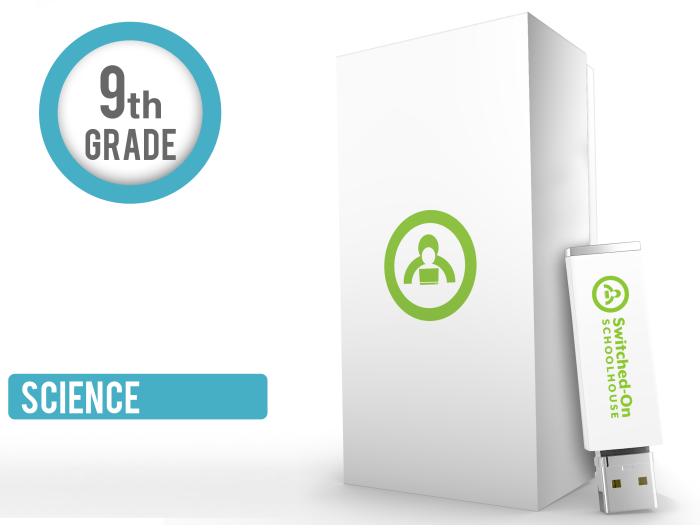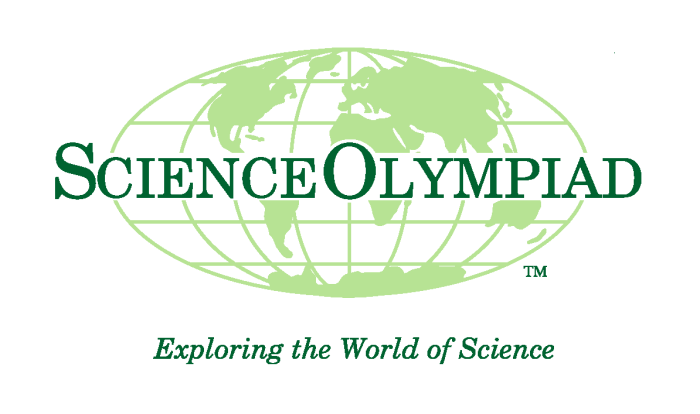In the realm of science education, the integrated physics and chemistry book stands as a transformative resource, revolutionizing the way these fundamental disciplines are taught and understood. By seamlessly blending the concepts and principles of physics and chemistry, this innovative approach fosters a deeper comprehension of the natural world and its interconnectedness.
This comprehensive guide delves into the intricacies of integrated physics and chemistry, exploring its pedagogical foundations, key concepts, effective teaching strategies, and essential assessment methods. Through a comprehensive examination of resources and future directions, it empowers educators with the knowledge and tools to harness the full potential of this dynamic approach.
1. Definition and Overview of Integrated Physics and Chemistry

Integrated physics and chemistry is an interdisciplinary approach to teaching and learning science that combines the concepts and principles of both disciplines. This approach recognizes the interconnectedness of physics and chemistry and aims to provide students with a more holistic understanding of the natural world.
There are several benefits to integrating physics and chemistry. First, it can help students to develop a deeper understanding of both disciplines. By seeing how the two subjects are connected, students can gain a more comprehensive view of the world around them.
Second, integrated physics and chemistry can help students to develop problem-solving skills. By working on problems that require the application of both physics and chemistry concepts, students can learn to think critically and creatively. Third, integrated physics and chemistry can help students to prepare for college and careers in science and engineering.
Many colleges and universities offer integrated science courses, and many employers are looking for employees who have a strong understanding of both physics and chemistry.
There are also some challenges to integrating physics and chemistry. One challenge is that it can be difficult to find teachers who are qualified to teach both subjects. Another challenge is that it can be difficult to develop curriculum materials that are appropriate for both physics and chemistry students.
However, the benefits of integrated physics and chemistry outweigh the challenges, and it is an approach that is gaining popularity in schools around the world.
Here are some examples of integrated physics and chemistry curricula:
- The Physical Science Curriculum for California (PSCS) is a high school curriculum that integrates physics and chemistry. The PSCS curriculum is based on the idea that students learn best by doing science. Students in PSCS classes participate in hands-on activities and investigations that help them to develop a deep understanding of physics and chemistry concepts.
- The Science and Technology for Children (STC) program is an elementary school curriculum that integrates science, technology, engineering, and mathematics (STEM). The STC program includes a unit on physical science that integrates physics and chemistry concepts. Students in STC classes participate in hands-on activities and investigations that help them to develop a strong foundation in STEM.
- The College Board’s AP Physics 1 and AP Chemistry courses are both designed to provide students with a foundation in physics and chemistry. The AP Physics 1 course includes some chemistry content, and the AP Chemistry course includes some physics content.
Students who take both courses can gain a comprehensive understanding of both disciplines.
2. Key Concepts in Integrated Physics and Chemistry

The core concepts that are covered in integrated physics and chemistry courses include:
- Matter and its properties
- Energy and its forms
- Motion and forces
- Chemical reactions
- Electricity and magnetism
- Waves and optics
- Thermodynamics
- Nuclear physics
These concepts are interconnected and build upon each other. For example, students cannot understand chemical reactions without first understanding the concept of matter. And students cannot understand electricity and magnetism without first understanding the concept of energy.
Here are some examples of experiments or activities that demonstrate these concepts:
- Students can investigate the properties of matter by conducting experiments with different types of materials. For example, they can measure the density of different liquids or the melting point of different solids.
- Students can investigate the forms of energy by conducting experiments with different types of energy sources. For example, they can build a solar cell or a wind turbine.
- Students can investigate motion and forces by conducting experiments with different types of objects. For example, they can measure the acceleration of a falling object or the force of friction between two objects.
- Students can investigate chemical reactions by conducting experiments with different types of chemicals. For example, they can make a baking soda volcano or a sugar rocket.
- Students can investigate electricity and magnetism by conducting experiments with different types of electrical and magnetic devices. For example, they can build a simple circuit or a magnet.
- Students can investigate waves and optics by conducting experiments with different types of waves. For example, they can make a prism or a diffraction grating.
- Students can investigate thermodynamics by conducting experiments with different types of thermal systems. For example, they can measure the temperature of a heat engine or the efficiency of a refrigerator.
- Students can investigate nuclear physics by conducting experiments with different types of radioactive materials. For example, they can measure the half-life of a radioactive isotope or the energy released by a nuclear reaction.
Essential Questionnaire: Integrated Physics And Chemistry Book
What are the key benefits of using an integrated physics and chemistry book?
Integrated physics and chemistry books offer several key benefits, including a more comprehensive understanding of the natural world, improved problem-solving skills, enhanced critical thinking abilities, and increased student engagement.
How can I effectively teach using an integrated physics and chemistry approach?
Effective teaching strategies for integrated physics and chemistry include hands-on activities, inquiry-based learning, and differentiated instruction that caters to diverse learning styles.
What types of assessment methods are appropriate for integrated physics and chemistry?
Appropriate assessment methods for integrated physics and chemistry include formative assessments, summative assessments, and authentic assessment tasks that measure student understanding in a meaningful way.
